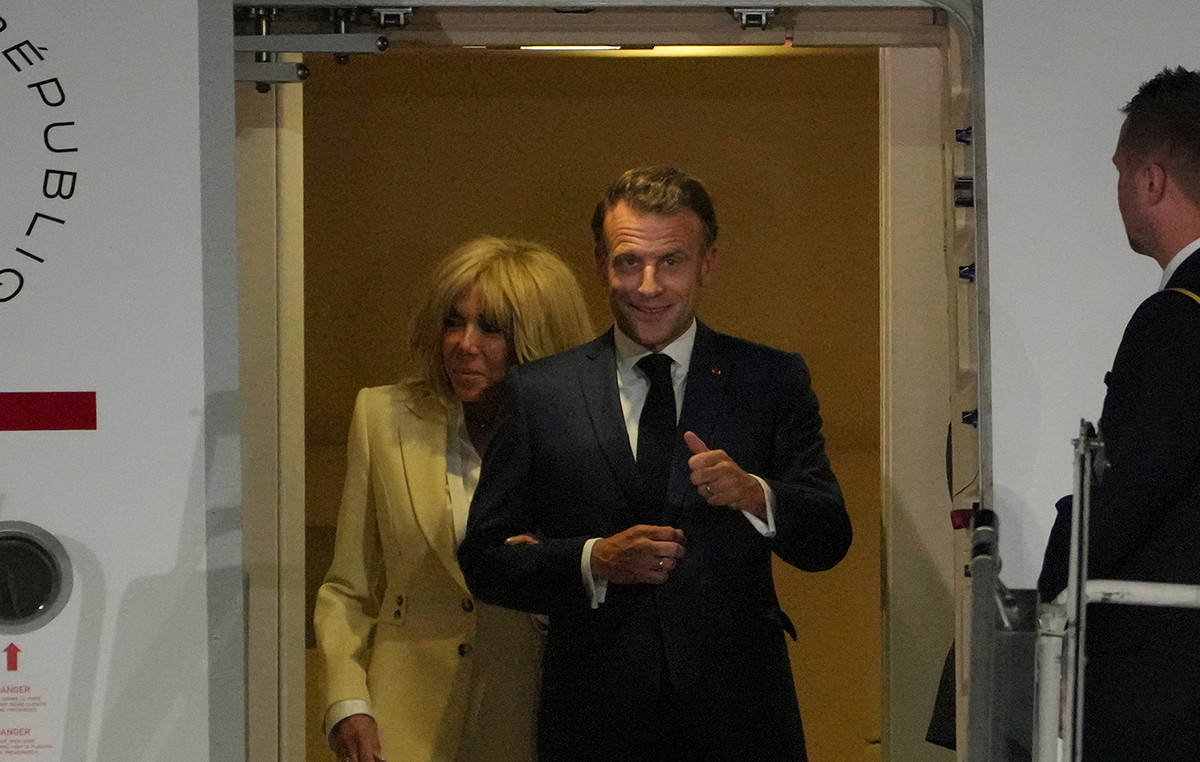- The WTI price is appreciated as President Trump extends the 50% tariff period on EU imports.
- Oil attracts buyers in the midst of growing geopolitical tensions in the Middle East.
- Oil prices can face difficulties since OPEC+ could decide to increase production by another 411,000 barrels per day for July.
The price of the West Texas Intermediate (WTI) oil is quoted around $ 61,50 per barrel during the Asian hours of Monday, extending its profits for the second consecutive day. The prices of crude oil gain ground in the midst of the decrease in concerns about a commercial war between the United States (USA) and the European Union (EU).
Bloomberg reported that US President Donald Trump agreed to extend the 50% tariff term on the European Union (EU) from June 1 to July 9 after a telephone call with the president of the European Commission, Ursula von der Leyen, Sunday. Von der Leyen also published on social networks that the EU was ready to participate in commercial conversations with the USA but requires more time to reach an agreement.
On Friday, President Trump said in a social publication that 50% would impose tariffs on the imports of the European Union after Brussels sent a commercial proposal not very favorable to Washington. This has affected global economic growth and weakened energy demand.
Oil prices also receive support from the growing geopolitical tensions, since the Israel army plans to capture 75% of the Gaza Strip in the next two months. This could generate concerns about a broader regional conflict in the Middle East. In addition, concerns about a greater Iranian oil supply to global markets decrease due to limited progress in nuclear conversations between the US and Iran.
However, the potential for increasing oil prices could be limited, since OPEC+, the organization of oil export countries and its allies, could decide to increase production in another 411,000 barrels per day (BPD) for July at the meeting next week. The group could also undo the remaining voluntary production cut of 2.2 million BPD by the end of October, according to Reuters.
WTI FAQS oil
WTI oil is a type of crude oil that is sold in international markets. WTI are the acronym of West Texas Intermediate, one of the three main types that include the Brent and Dubai’s crude. The WTI is also known as “light” and “sweet” by its relatively low gravity and sulfur content, respectively. It is considered high quality oil that is easily refined. It is obtained in the United States and is distributed through the Cushing Center, considered “the crossing of the world.” It is a reference for the oil market and the price of WTI is frequently traded in the media.
Like all assets, supply and demand are the main factors that determine the price of WTI oil. As such, global growth can be a driver of the increase in demand and vice versa in the case of weak global growth. Political instability, wars and sanctions can alter the offer and have an impact on prices. OPEC decisions, a group of large oil -producing countries, is another key price factor. The value of the US dollar influences the price of WTI crude oil, since oil is mainly traded in US dollars, so a weaker dollar can make oil more affordable and vice versa.
Weekly reports on oil inventories published by the American Petroleum Institute (API) and the Energy Information Agency (EIA) influence the price of WTI oil. Changes in inventories reflect the fluctuation of supply and demand. If the data show a decrease in inventories, it can indicate an increase in demand, which would raise the price of oil. An increase in inventories may reflect an increase in supply, which makes prices lower. The API report is published every Tuesday and that of the EIA the next day. Their results are usually similar, with a 1% difference between them 75% of the time. EIA data is considered more reliable, since it is a government agency.
The OPEC (Organization of Petroleum Exporting Countries) is a group of 13 nations oil producing that collectively decide the production quotas of member countries in biannual meetings. Their decisions usually influence WTI oil prices. When OPEC decides to reduce fees, it can restrict the supply and raise oil prices. When OPEC increases production, the opposite effect occurs. The OPEC+ is an expanded group that includes another ten non -members of the OPEC, among which Russia stands out.
Source: Fx Street
I am Joshua Winder, a senior-level journalist and editor at World Stock Market. I specialize in covering news related to the stock market and economic trends. With more than 8 years of experience in this field, I have become an expert in financial reporting.





